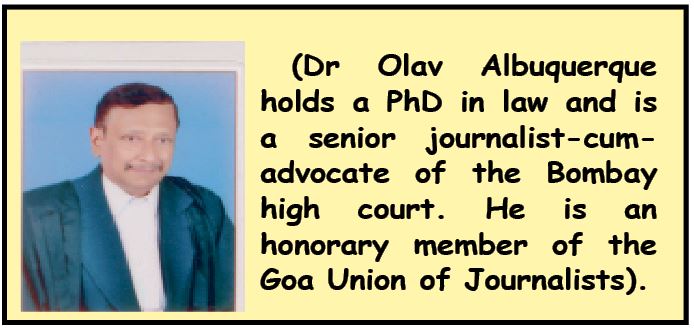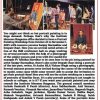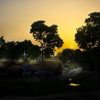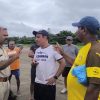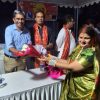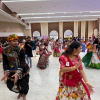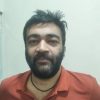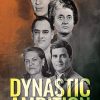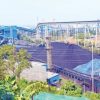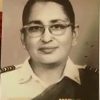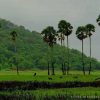Goa is abuzz with excitement as vintage bike and car owners, users, collectors and fans are decking […]
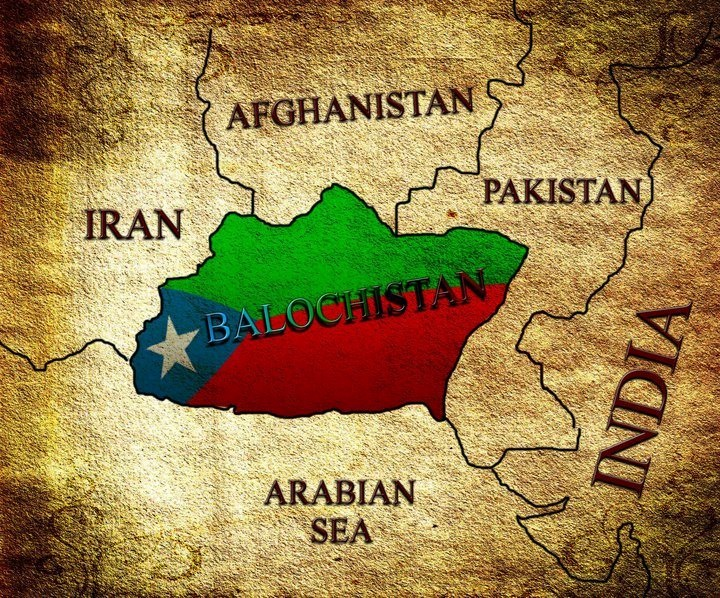
WILL UN RECOGNIZE BALOCHISTAN AS A SEPARATE STATE?By Dr Olav Albuquerque
Feb 22- Feb 28 2025, LAW February 21, 2025
PAKISTAN MP Maulana Fazl-ur-Rehman’s admission that his nation no longer controls Balochistan and that Pakistan’s 1971 moment (when Bangladesh emerged) had arrived, deserves to be taken seriously. Balochistan’s secession will reduce Pakistan to a failed state as it will lose one-third of its area, making it difficult to survive without Chinese aid. The entire geo-political scenario of south Asia will change with Balochistan emerging from a dismembered Pakistan.
Fazl-ur-Rehman told the National Assembly: “I swear by my heart that at this moment, there are five to seven groups in Balochistan, who if acted against, will retaliate forcing the breaking of Pakistan once again as it happened in 1971 when east Pakistan seceded to form Bangladesh.” The Balochis need to pass a resolution demanding a separate state which has to be discussed in the Pakistan National Assembly. Fazl-ur-Rehman’s utterances have fulfilled the second criterion.
INDIA will arguably be the first nation to recognize Balochistan as an independent state because Prime Minister Narenda Modi has repeatedly accused Pakistan of sponsoring terrorism and oppressing the Balochi people’s demand for a separate state. However, the United Nations (UN) can admit a new state to its membership only after it is recognized by at least two-thirds of the General Assembly and the Security Council. Getting the U.N. to recognize Balochistan as an independent state will be difficult if China opposes its independence.
The right to self-determination covers two types of cases. The first case is where a colonial people seek the right to self-determination, and the other is where there is foreign occupation or subjugation of an ethnic group. The case of secession, which encompasses the aims of most self-determination movements today, is unsettled in international law. When a government tortures an ethnic group into subjugation, they fuel their right to self-determination.
THOSE WHO SECEDE
WHETHER those who secede from their parent state are indeed a state, depends on the theory of state one is using. The declaratory theory of secession echoes the Declaration of the Montevideo Convention on the Rights and Duties of States, in that a state exists if it possesses a permanent population, a defined territory, a government, and the capacity to enter into relations with other states. If Balochistan fulfils these criteria, it does not need to be recognized by the UN to exist.
On the other hand, the constitutive theory of secession stresses recognition of statehood rather than statehood along with the ability of the newly-recognized state to enter into relations with other states. The Balochis have used violence to demand independence from Pakistan since its formation in 1947.
WHILE Mir Chakar Khan Rind, a Baloch chieftain, formed a confederacy of Baloch tribes in the 1480s, Balochistan as a separate nation itself, emerged with Mir Ahmed Khan’s formation of the Kalat Confederacy in the 1660s. The Khan of Kalat thus had authority over Balochistan until the arrival of the British in 1839. In 1947, the vast majority of tribal chiefs in Balochistan yielded their territory “to the new state of Pakistan.” That same year, the Khan of Kalat declared independence.
However, the Pakistani military partitioned and made Balochistan a province of Pakistan in 1970 after crushing the insurgency by killing thousands of Balochis. Since 1947, five distinct conflicts for independence have erupted in Balochistan: conflicts have occurred in 1948, from 1958 to 1959, from 1963 to 1969, from 1973 to 1977, and from 2004 to the present 68. The conflict between 1973 and 1977 was a particularly brutal one, where some areas of Balochistan were bombed at random.
Over 6,000 Baloch and 3,300 Pakistani soldiers were killed in this conflict. Since 2004, a civil war has gripped Balochistan. The Balochis comprise peoples of African origin, Arabs, Persians, Turks, Kurds, Dravidians, and Sewais who were originally Hindu. The Baloch people are secular and moderate. The majority of the population speaks Balochi, although a significant number of individuals in Balochistan speak Pashto. Two-thirds of the 12 million Balochis live outside urban areas. There is no doubt they are culturally and ethnically different from the Punjabis who comprise the indigenous Pakistanis.
ETHNIC DIFFERENCES
IN 2004, violence rose dramatically with the tribal Balochis, who are ethnically different from the Punjabis of Pakistan, demanding a separate nation. “General” Aslam Baloch, and Burhan Wani were killed in 2019 and 2016, respectively but their followers raise the demand for a separate state.
China’s building of the Gwadar mega-port, oil revenues, the war in Afghanistan, and repression fuelled the demands for secession. Balochistan is Pakistan’s largest and least populated province. The Balochs are ethnically and historically distinct people who inhabit a 375,000 square mile region, roughly the size of Egypt along the Persian Gulf, and are found in the modern states of eastern Iran, Afghanistan, and southwest Pakistan.
The military coup in 1999 that brought Pervez Musharraf to power fuelled the Balochis’ hatred of Pakistan. This is because Balochis see the Pajistani Army as lacking Baloch representation due to its domination by the interests of the Punjabi — the main ethnic group in Pakistan that accounts for approximately 45 percent of the country’s population.
A primary Baloch grievance is the construction of the mega port of Gwadar, which began in 2002 and is ongoing. In 2004, a renewed ethnic insurgency broke out, and violence has escalated since the killing of the Baloch leader Nawab Akbar Bugti by the army in 2006 and the unlawful detention and disappearance of many additional Baloch leaders by the Pakistani government. The ISI has used Balochistan as a training ground for its personnel who have murdered thousands of Balochis and dismembered their corpses. Mothers have never seen their sons and children have lost their fathers fuelling the secession demands.
US intelligence estimates that around 25,000 army and paramilitary forces are involved in counterinsurgency operations in Balochistan, which has only amplified ethnic grievances. The current conflict in Balochistan, the bloodiest since the 1970s, has broken a long period of relative peace between Baloch nationalists and Pakistan.
SEPARATE BALOCHISTAN
THE transition from the military government of General Musharraf to the civilian government of President Zardari in 2008, did little to assuage Baloch discontent. In 2009, 792 attacks killed 386 people. The ongoing demand for a separate state of Balochistan will continue just as traitors who have fled to Canada demand a separate state of Khalistan. Whether Balochistan will emerge as a separate nation remains to be seen.
